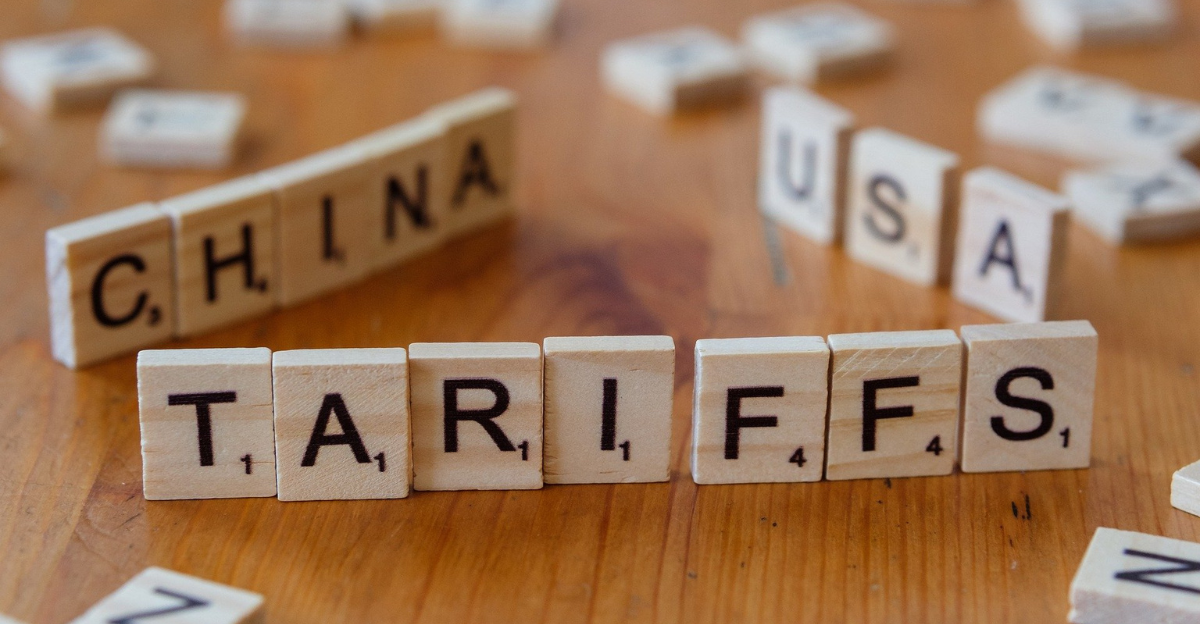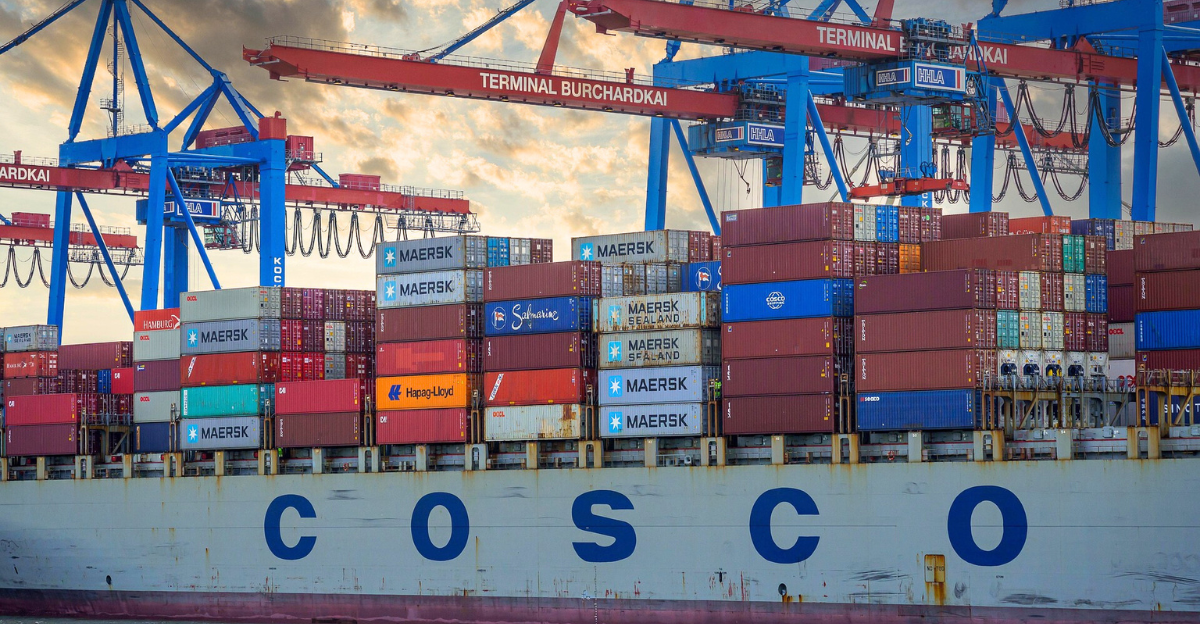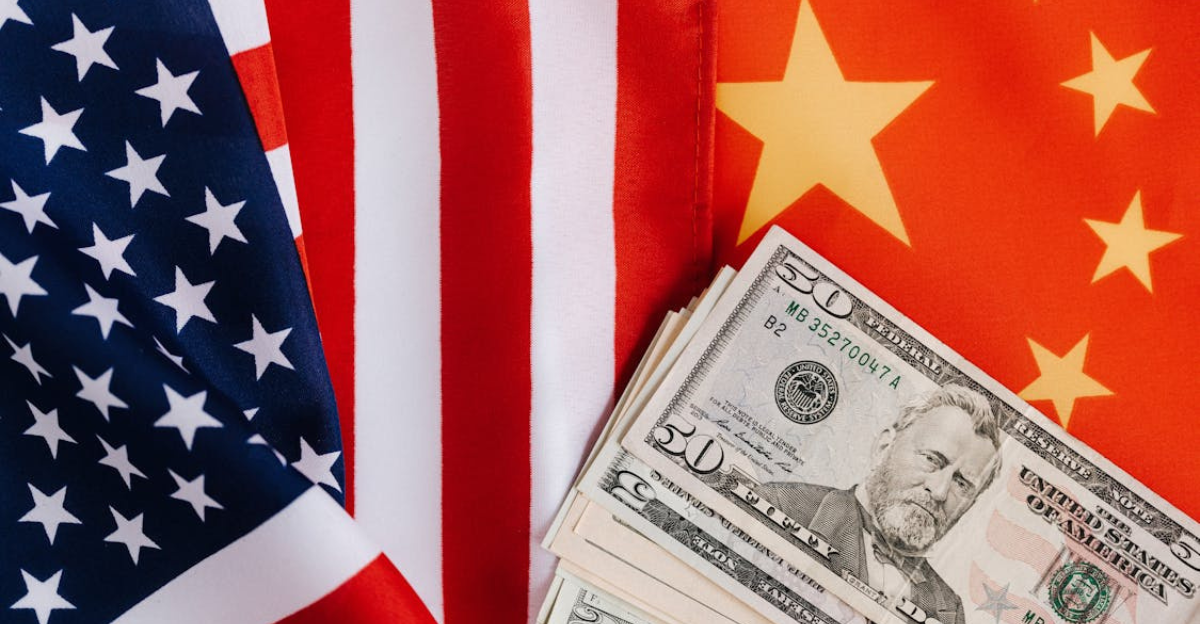
China has officially dropped tariffs on goods imported from the United States. However, despite China’s rollback, can American citizens really celebrate this victory? We must factor in inflation, consistent supply chain challenges, as well as corporate pricing strategies. So, can the reduced tariffs combat such persistent issues in today’s society? Let’s explore!
Impact on Consumer Prices

Theoretically, now that the tariffs were dropped we should see a price reduction. However, the Peterson Institute for International Economics states that by eliminating the tariffs the United States imposed on China, the Consumer Price Index (CPI) is only reduced by 0.26%. In terms of overall inflation, this is unfortunately an insignificant number. To be noted is that tariffs were only enforced on Chinese exported goods, whereas inflation touches every product regardless of its country of origin. Also, many U.S. companies have already made their adjustments to the tariffs China imposed! So now the changes to pricing models, supply chains, and cost absorption are far from reversible in the short term.
Disruptions Keep Going

The global supply chain continues to experience difficulties in the availability of certain products as well as uncertainty over pricing. For example, the reduction of ocean container bookings from China to the United States confirms our concerns about retail shortages. But supply chains affect the availability of all goods, with emphasis on medical supplies, electronics and other essential items for a person’s quality of life. These issues work against the consumer by increasing prices. This is because companies themselves are facing a price increase in logistics and inventory management.
“Greedflation”

One of the most important aspects is the behavior of corporate pricing. When inflation hits, companies maintain or even increase prices to keep their profit in line, an act commonly known as “greedflation”. This means that even if an import cost goes down, companies would choose not to lower retail prices as a means to boost their profit. Furthermore, some companies might even seize the chance to raise prices preemptively, or set them higher than necessary, passing the cost onto consumers. Even with China dropping tariffs, this benefit is rarely reflected onto the consumer. Companies can simply pocket the profit, arguing that this is a volatile time in the world economy.
Inflationary Pressure

Tariffs, to the United States’ economy, contribute to inflationary pressures. The Federal Reserve Bank of San Francisco states that tariffs on Chinese imports added about 0.1% to the consumer price inflation and about 0.4% to business price inflation, particularly on investment-related goods. Sure, these increases don’t look like much, but over time they can snowball affecting a wider range of goods and driving up prices. Something to keep in mind is that tariffs are like a hidden tax, both on businesses and their consumers. Companies that rely on finished products specifically are facing higher costs on tariffs because their overall contribution is considered low. And over time, these costs will be visibly reflected in retail prices. The problem is that, again, when tariffs are removed companies often don’t adjust prices, which creates a “ratchet effect” where the cost of goods continues to quickly rise.
Shifting To Higher-Cost Suppliers

After China imposed its tariffs, many U.S. based companies moved their supply chains to countries like Vietnam and India. This reduces the dependency on Chinese imported goods, but at the same time it results in higher production costs because of these countries’ less developed infrastructure. Add on the higher labor costs and everything is passed on to the consumer. While the labor costs are still lower than those in the United States, they’re still on the rise since these countries have gotten a manufacturing demand boost after China’s exit.
Delayed Impact

The benefits from lifted tariffs are not immediate. Much of the current inventory that has already been purchased at higher tariff rates stays in the supply chain, and no one knows exactly how much time has to pass until these new, lower-cost goods reach consumers. Plus, businesses might hesitate to lower prices altogether thanks to the current instability in trade policy, and the looming question, “What if tariffs come back?”. Many importers operate on long-term contracts that lock the price in for months, or even years. As a result, these newly imported goods won’t reach the consumer until these older contracts expire. But rather than lowering prices, we might be faced with the same pricing strategy as companies get used to this new way of consumer taxation.
Limited Business Replies

This instability between the United States and China has created a rather hostile environment. Companies now hesitate to invest in price reductions or change anything about their supply chains based on what looks like just a change and not a permanent solution between these two countries. This limits retailers and manufacturers in saving the consumer the headache of paying extra. They are far more conservative nowadays, opting for a predictability in supply rather than protecting the consumer from price hikes. This stifles price reliefs even further. It’s not just about economics. Now we are discussing resilience, managing risks and the future of global trading. Until both China and the U.S. reach a period of long-lasting stability, business will stay cautious.
Price Equation As A Whole

Way before China imposed tariffs, many goods from the States faced regulatory, logistical and cost-related hiccups in reaching Chinese markets. So, just because China dropped tariffs (which is still very helpful), it doesn’t mean the years of increased business costs have been erased. U.S. companies are still struggling with high shipping fees, labor shortages and material costs, which don’t put much of a dent in costs incurred by both Chinese and American consumers.
Conclusion

In conclusion, China dropping tariffs on U.S. goods is a politically important move, but its true effect in lowering consumer prices is limited. From supply chain issues and corporate pricing strategies, to modest impacts on inflation, everything dampens the benefits American consumers were expecting. So, in the short term, price reductions won’t really be seen by American citizens.
Discover more trending stories and Follow us to keep inspiration flowing to your feed!

Craving more home and lifestyle inspiration? Hit Follow to keep the creativity flowing, and let us know your thoughts in the comments below!
